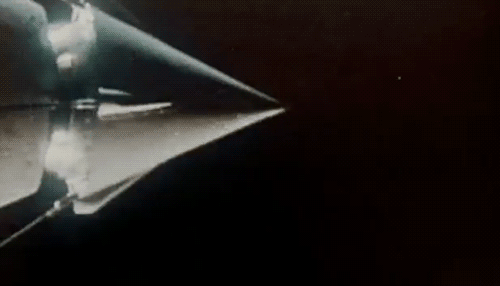Today (November 3, 1957) is the day the world's first dog, Laika, was launched by the Soviet Union aboard the Sputnik 2 spacecraft.
Laika, the dog, was the first creature sent into space by the Soviet Union. The dog, which once roamed the streets of Moscow, was selected from one of the dog sanctuaries with two other dogs for space travel training. Its given name is "Kudryavka". After the training period, Leica was selected to orbit the Earth aboard the Soviet spacecraft Sputnik 2. Leika was launched on November 3, 1957. The first animal to go into space and orbit the Earth was a female dog named Laika. Soviet Russia successfully launched a dog named Leica on November 3, 1957, aboard the Sputnik-2 spacecraft. This proved that animals can survive without weight loss.

Sputnik-2 is the second spacecraft to be launched into Earth orbit.
Launched by the Soviet Union on November 3, 1957, the spacecraft carried a dog
named Laika. It was the first living animal to be carried on a spacecraft. The
vessel is conical in shape with a height of 4 m (13 ft) and a diameter of 2 m
(6.5 ft). It was divided into several sections with a transmitter, remote
control module, control centre, temperature control module, and several
scientific instruments. Laika was placed in another closed room. Data related
to engineering and biology were sent to Earth for 15 minutes for
each circuit by a remote volume called a troll. There were two photometers in
the cell to measure solar radiation and cosmic radiation.

Laika is a part of the Terrier breed. It weighs 6 kg. It was sent into
space after 20 days of training. Oxygen, drinking water, and food in the form
of gum were stored to keep it alive. Waste disposal facilities were also
included. Laika's activities were monitored from Earth. Laika was alive for 10
days. Sacrificed for space travel. Laika died in space due to pressure and
overheating due to the lack of facilities to return the spacecraft to Earth.
The cause of Laika's death was announced many years after her death. Some
former Soviet scientists commented that Laika was let die. The statue for Laika
was placed in Moscow on April 11, 2008, and paid homage. Although Laika died
during the voyage, the experiment led not only to the creature but also to the
human sky.
Source By: Wikipedia
Information: Dr. P. Ramesh, Assistant Professor of Physics, Nehru Memorial
College, Puthanampatti, Trichy.





.jpeg)
.jpg)

No comments:
Post a Comment